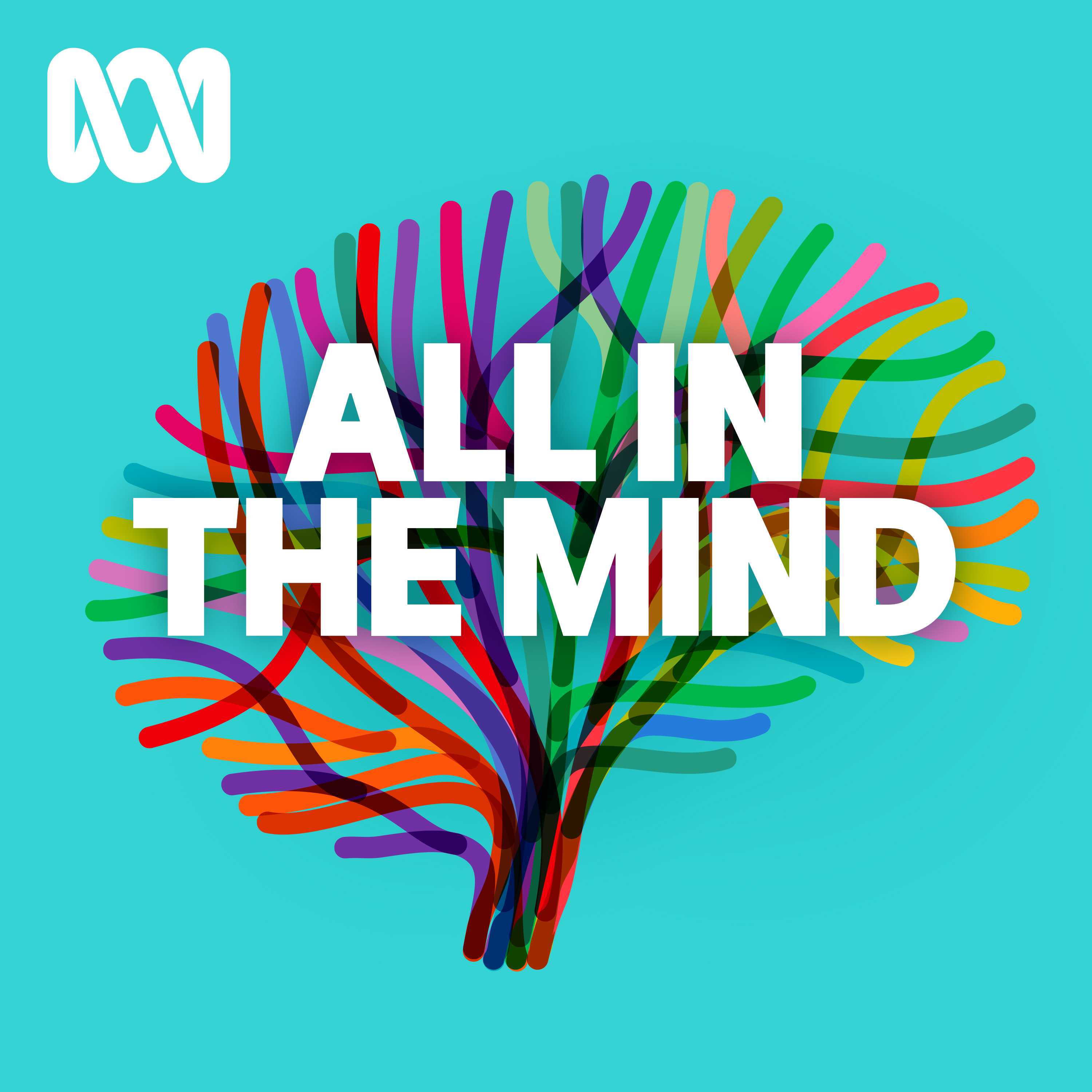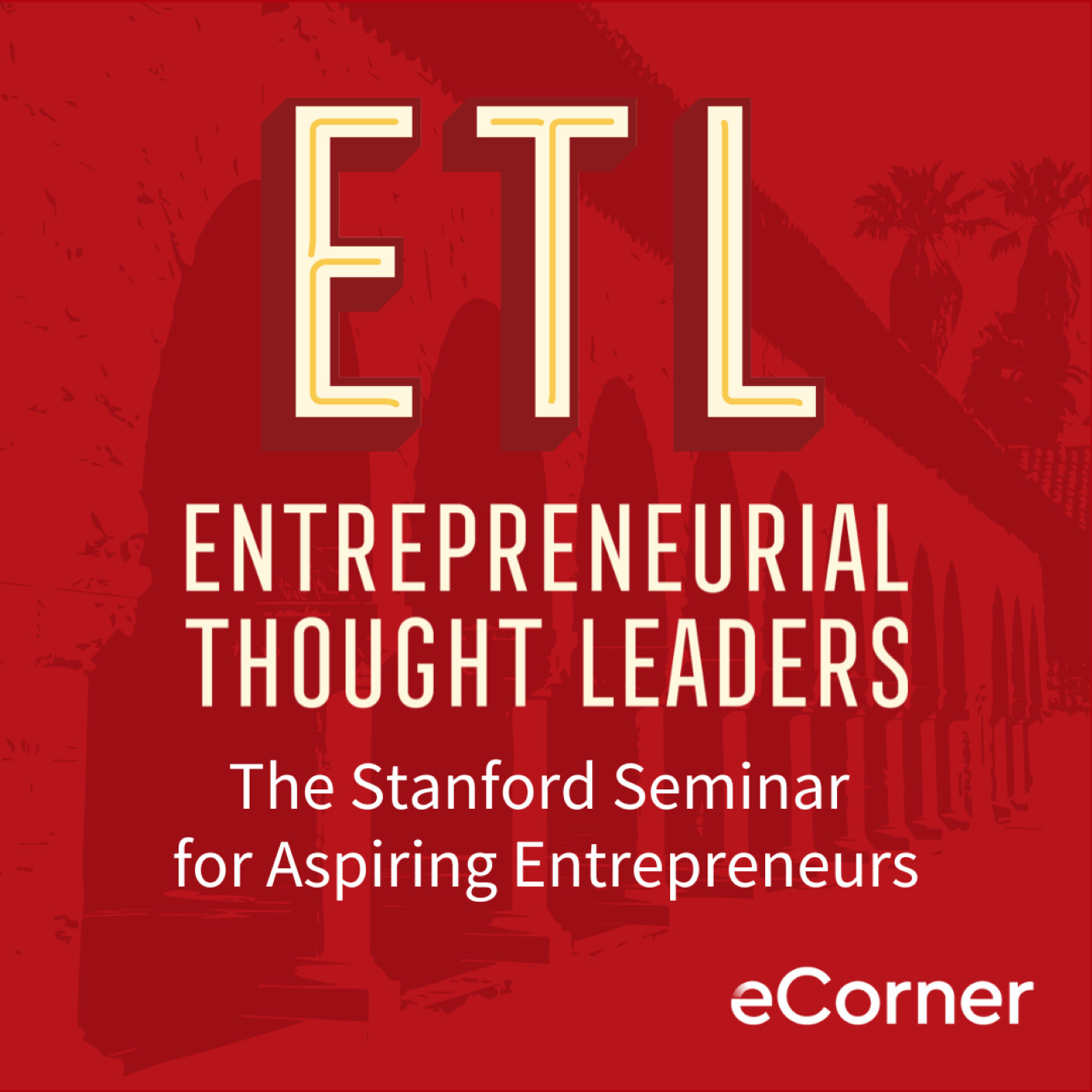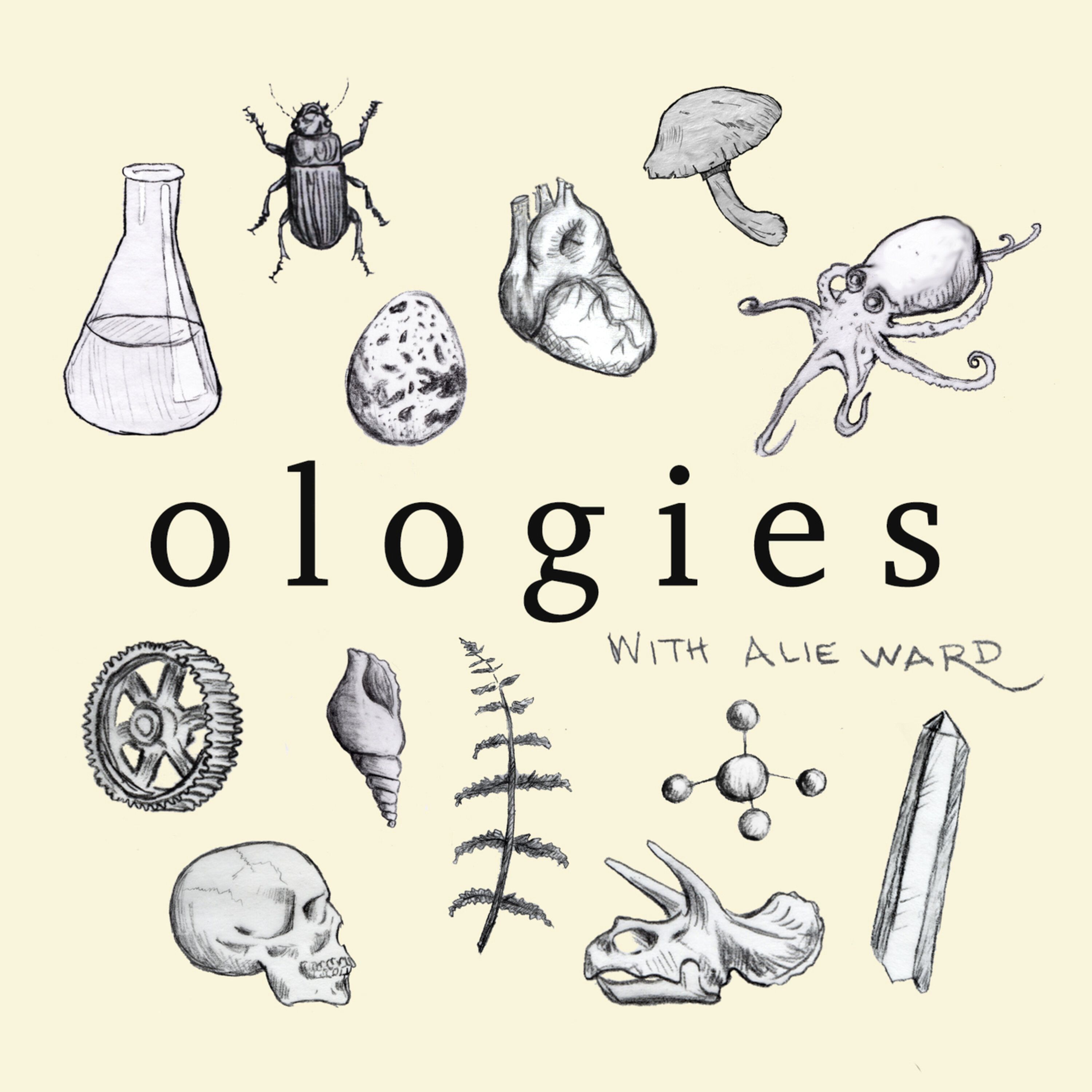
Heliox: Where Evidence Meets Empathy 🇨🇦
Join our hosts as they break down complex data into understandable insights, providing you with the knowledge to navigate our rapidly changing world. Tune in for a thoughtful, evidence-based discussion that bridges expert analysis with real-world implications, an SCZoomers Podcast
Independent, moderated, timely, deep, gentle, clinical, global, and community conversations about things that matter. Breathe Easy, we go deep and lightly surface the big ideas.
Curated, independent, moderated, timely, deep, gentle, evidenced-based, clinical & community information regarding COVID-19. Since 2017, it has focused on Covid since Feb 2020, with Multiple Stores per day, hence a sizeable searchable base of stories to date. More than 4000 stories on COVID-19 alone. Hundreds of stories on Climate Change.
Zoomers of the Sunshine Coast is a news organization with the advantages of deeply rooted connections within our local community, combined with a provincial, national and global following and exposure. In written form, audio, and video, we provide evidence-based and referenced stories interspersed with curated commentary, satire and humour. We reference where our stories come from and who wrote, published, and even inspired them. Using a social media platform means we have a much higher degree of interaction with our readers than conventional media and provides a significant amplification effect, positively. We expect the same courtesy of other media referencing our stories.
Heliox: Where Evidence Meets Empathy 🇨🇦
🧘 Beyond Words: Thought, Consciousness, and Buddhist Insight
See episode substack to go deeper Please Subscribe, Follow & Like
Here's something that should shake you: every single thing you think you know about the world is filtered through language that predetermines what you can perceive.
That's not new age philosophy or postmodern ramblings. It's a conclusion reached by both 2,500-year-old Buddhist philosophers and modern linguistic revolutionaries alike. And it has profound implications for how we navigate reality.
The recent Heliox podcast episode exploring early Buddhist understandings of language reveals something stunning: these ancient thinkers had a sophisticated theory of language that rivals—and perhaps even influenced—modern linguistic frameworks. This isn't just academic curiosity. It's about the fundamental mechanisms that shape your daily existence.
This is Heliox: Where Evidence Meets Empathy
Independent, moderated, timely, deep, gentle, clinical, global, and community conversations about things that matter. Breathe Easy, we go deep and lightly surface the big ideas.
Thanks for listening today!
Four recurring narratives underlie every episode: boundary dissolution, adaptive complexity, embodied knowledge, and quantum-like uncertainty. These aren’t just philosophical musings but frameworks for understanding our modern world.
We hope you continue exploring our other podcasts, responding to the content, and checking out our related articles on the Heliox Podcast on Substack.
About SCZoomers:
https://www.facebook.com/groups/1632045180447285
https://x.com/SCZoomers
https://mstdn.ca/@SCZoomers
https://bsky.app/profile/safety.bsky.app
Spoken word, short and sweet, with rhythm and a catchy beat.
http://tinyurl.com/stonefolksongs
Curated, independent, moderated, timely, deep, gentle, evidenced-based, clinical & community information regarding COVID-19. Since 2017, it has focused on Covid since Feb 2020, with Multiple Stores per day, hence a large searchable base of stories to date. More than 4000 stories on COVID-19 alone. Hundreds of stories on Climate Change.
Zoomers of the Sunshine Coast is a news organization with the advantages of deeply rooted connections within our local community, combined with a provincial, national and global following and exposure. In written form, audio, and video, we provide evidence-based and referenced stories interspersed with curated commentary, satire and humour. We reference where our stories come from and who wrote, published, and even inspired them. Using a social media platform means we have a much higher degree of interaction with our readers than conventional media and provides a significant amplification effect, positively. We expect the same courtesy of other media referencing our stories.
Welcome to the deep dive where we pick a topic and really dig into it, you know, just explore it thoroughly and bring you the most interesting insights. And today we're doing something pretty fascinating, I think. Yeah, we're diving into early Buddhist thought and how they understood language. It's what's all about how language shapes our perception of reality. Kind of trippy. It is. And the main text we're looking at is Federico Divino's book, Language and Consciousness, an Early Buddhist Thought. It's long, but it's got a subtitle. On the early reflections on the theme of language and the perception of reality in the Pali Canon, to be exact. Yeah. But what's really surprising is, you know, you think of these ancient Buddhist texts. Right. You think meditation and that kind of thing. But they actually have a really sophisticated theory of knowledge, like a really well-developed way of thinking about language and how it works. It's true. And get ready for some big ideas because we're going to find some unexpected connections between these early Buddhist ideas and the work of some big names in linguistics. Yeah. Like, so sure. We're also going to touch on some core questions in the philosophy of perception. you know, how our minds organize the world. So get ready for some aha moments as we look at consciousness, mind, language, cognitive science, linguistics, all through this fresh, ancient perspective. Awesome. So let's get started with this key concept, Nama. Okay, so when you first hear the term Nama, you might think, okay, that's like a label, right? Right, like giving something a name. Yeah, like the name you give to a person, a place, or a thing. Yeah. But in early Buddhist thought, it actually has a much deeper meaning than that. So it's not just about names then. What's the main function of Nama? What does it do in this context? It's best understood as a process, really. Its main role is to organize our experience. Okay. Like all the sights, sounds, thoughts, emotions we have, it organizes that constant flow of experience into separate units that we can recognize. It's like taking a continuous stream of experience and chopping it up into individual moments or objects. Yeah. Okay. So I'm starting to get it. But is this division, this chopping up, is it something that's already there in the stream of experience, like built into reality? Yeah. Or is it something our minds do? That's a great question. And the texts seem to suggest that these divisions aren't inherent to reality. Instead, they come from our needs and expectations, the needs and expectations of our society and culture. Okay. We live in a world where we have to be able to treat things as separate. Okay. is if they can be isolated so we can actually interact with them. So it's kind of like if we couldn't mentally separate something out. Right. It'd be hard to understand it. Yeah, you couldn't do anything with it. Or to interact with it in the world. Exactly, exactly. So this need leads to what the author calls isolating cognitions, these mental operations that are driven by how usable our knowledge systems are. And language is a great example of that. It's a system that helps us categorize and understand the world. And this usability within the structure of language is like the main principle behind Nama. So Nama is like a tool that our minds use to take this complex world and break it down into manageable pieces so that we can use it. Exactly. Exactly. Now, how does language specifically relate to this concept of the world or loka, as it's called in these early Buddhist texts? Right. So in the Pali Canon, there's a collection of suttas in Sayyutanikaya specifically from 1.6 to 1.70 that really focus on this connection between language. Okay. And from these suttas and other Buddhist texts too, it becomes clear that loka isn't just talking about the physical planet that we live on. Oh, it gets bigger though. It's more closely tied to our perception, our experience, our cognitive experience of the world. It's about how we sense things and how we make sense of things. Okay, so perceptual cognitive. Does that mean like how our senses gather information? Yeah, yeah. And how our mind then processes it? Exactly. So Pseudah SN 1.70 specifically links loka to a six-fold structure. Six-fold, okay. And this isn't just a random number. It directly relates to the six sense spheres. Eyes, ears, nose, tongue, body, and mind. Right. And it also includes the process of fossa, which is contact. It's the contact between each sense organ and its object. Like the point where our senses touch the world. Exactly. That's fossa. That point of contact is the foundation of all sensory experience, and it leads to those specific sensory consciousness. So if our experience of the world of loka isn't just a fixed external reality, but instead it's built from our sensory inputs and our awareness of them. Yes. That's a big shift in perspective. It is. And the texts emphasize that this world or loka is a phenomenon. It arises because of certain causes and conditions. And when those conditions change, it ceases to exist. Like, you know, if you close your eyes and you cover your ears, suddenly your sensory world becomes much smaller. Right. It really highlights how much our experience depends on our ability to perceive things. Right. It depends on those senses. It depends on the mind. Okay, so we've talked about nama, this organizing principle, but how does it connect with rupa? I know that's another key term in early Buddhist thought. So, namarupa. Namarupa. This is a fundamental pairing, often translated as name and form. Okay. It's a cornerstone of early Buddhist psychology. It links nama with rupa. And there's this really insightful verse in the Satana Pada SMP 4.1.1.2 that says, when a person sees, they see nothing but name and form. And having seen this, they will know only in this way. So basically everything we experience is filtered through this Nama Rupa lens. Only in this way. Yeah. That sounds so important. Like it's saying that this name and form thing really shapes everything we know. It really does. It shows just how much this diet influences how we see and understand things. And with Rupa, it's important to remember that it's not just about the mental picture we have of something. It also includes the physical aspect of things, like our bodies, the four elements, earth, water, fire, and air. You could even think of it like the raw pixels on a screen versus a picture that those pixels form. Oh, okay. So Rupa is both like the raw data and the recognizable image. Exactly. And that's an important distinction to make. Contact depends on this dualism. And for someone caught up in ignorance, it leads to experiencing pleasure and pain. So this interplay between name and form is central to how we experience everything, not just the world around us, but even our own bodies. Yeah, it's pretty profound. Now, the text also talks about Nama as an inhibitory process, which is kind of a... counterintuitive way of thinking about it. It is, yeah. It's like, imagine that Nama is actually reducing our responses to certain things we perceive. Instead of experiencing every new sensation as something totally new and amazing, Nama connects it to things we already know, to categories, to identities that we already have in our minds. So it keeps us from seeing the world with fresh eyes. Yeah, in a way it... So our minds are making things more efficient, but maybe we're losing some of that... initial wonder? You could see it that way. You could also see it as this process of categorization, which is really important. But the text emphasizes how it can limit us, too. How it can keep us from really seeing what's new. It describes Nama as this process of habituation. So when we encounter the same stimuli over and over again, especially those tied to social and cultural values, that initial fresh response starts to fade away. Like we just get used to it. Right. Exactly. The novelty gets suppressed because we file it away as, oh, that's familiar, even if that specific instance of it is new. Like if you see the president. A lot of people would have this automatic reaction of respect. Right. Just because of what that title represents. That's a great example, yeah. But necessarily because of the specific person. Right. It's the concept. And the author brings up Ourex Goal's functional circle, which is a model that helps explain this. Okay. Okay. So rupa is like the perceptual world. Okay. It's what we take in through our senses. And then ayatana is like the effectual world. Okay. Which is how we act upon the world. And of course fasa, contact, is mediating between the two. Right. And urskul gives this example of bees. For a bee, only the blooming flyers matter. They don't even see the buds. Right. So in the same way, our habituation through Nama, it filters what we perceive based on what we've learned to value. So because we're always expecting to see things, to encounter these distinct things with names. Right. That expectation can actually make us less aware of the richness of experience. Exactly. You know, we might see a new flower, but instead of taking in all its unique details, we just categorize it as a flower with a name I don't know. Right. Just another flower. Right. And that's why in Buddhist practice, this idea of achieving animita is so important. Animita. It means freedom from signs, from those mental labels. It's about breaking free from those habitual ways of seeing things. Okay. Seeing beyond the names, the categories, the cultural values, and just experiencing reality more directly, it really makes you think about how much we might be missing every day without even realizing it. Wow. Yeah. There's probably so much that we just filter out. Yeah. Okay. So our minds actively shape reality through this process of Nama. But how does consciousness fit into all of this? So consciousness is actually the agent in this isolating process from this constant flow of sensations. our consciousness pulls out specific things to make them into percepts. Okay. Things that we can recognize and understand. And this is where it gets a little tricky. Rupa, or form, actually has two meanings here. Okay. It can mean the raw sensory data, like pure experience, but it can also mean a recognizable form, like a mental template that we use to categorize things. So it's both the raw data and the process data. Okay, so the way we divide up the world isn't something that's just there in the sensory information itself. It depends on this idea that there are separate things, these autonomous things out there. Yeah, and that idea doesn't come from just the raw sensations. It comes from perception or sanya. which organizes those sensations into recognizable entities based on these general prototypes. Like we might categorize two things as smooth, but if you really look at them, the actual tactile sensations are different. Right. Smooth is just a general category. Exactly. Perception smooths over those tiny differences. to create a category that we can use. Okay, so Nama is about organizing and habituating our perceptions, and then consciousness and perception are the mental tools that do the dividing and categorizing. Now what about the actual components of Nama? What is it made up of? So the Majima Nikaya, specifically MN9, breaks it down for us. Okay. It says that the parts of name are sensation, which is which is Vedana, perception, which is Sanya, intention or Saitana, contact or Fasa, and attention or Manasakarta. So it's this whole set of interconnected mental processes. That sounds a lot like the five aggregates in Buddhist philosophy. It does, right. Is that a coincidence? Not really. The author points out that it probably comes from the same underlying model of thinking. But because Nama is specifically about how we categorize things with names, these components have a more cognitive, like, mental aspect. For example, Satana, which is usually translated as intention, actually covers two things. It's our will to do something, our volitional intention, but it's also our intention as tension towards something. Okay. Which is basically how we focus our attention. And then there's manasikara, translated as attention, which also implies that there's an active intentional element to it. So we're choosing what we pay attention to. Exactly. So nama isn't just a passive label. Okay. It's this dynamic process that involves feeling, perceiving, intending, making contact, and focusing our attention. It's active. It's happening. all the time. Okay. Now I really want to talk about this connection with Saschur. How do these early Buddhist ideas compare to his theories about language? Right. This is where it gets really interesting. The parallels between these ancient insights and this like foundational idea in modern linguistics are just amazing. Okay. So the author compares the Buddhist Lama Rupa to Saushur's idea of the linguistic sign. For Saushur, the sign is a mental entity that has two sides. The concept, which is the abstract ideal form of something, and the acoustic image, which is basically the mental representation of the sounds that make up a word. And so Shu didn't think that these signs were just about putting labels on pre-existing things in the world. No, no, not at all. He was very clear about that. For him, the relationship between the concept and the acoustic image happens within the system of language itself. It's like the concept doesn't automatically have a connection to a specific object in the world. It gets its meaning from being linked to a certain sound pattern within the language system. And the acoustic image isn't just the physical sound, it's the mental imprint of that sound, you know, recognizing it as having a certain value and distinction within that language. So it's about how our minds process those sounds. Exactly. And the author suggests this really neat parallel that nama, as this nominal signifier, the part that designates something, could be seen as similar to Saussure's acoustic image. It's a piece of information that we learn within a system. And Rupa as a cognitive form, like how we mentally structure something, could be compared to Saussure's concept, the mental image or the prototype. So it's like name is the sound image and form is the concept. Yeah, I think that's a great way to put it. Now, did Saussure himself know about any of this Buddhist thought? Well, the author points out that Saussure's Harvard manuscripts show that he was reading Buddhist philosophy. Really? He was interested in more than just traditional Indian grammarians. So there's even this theory that this Nama Rupa idea... this pairing of name and form, might have actually influenced how Sashor came up with his own signified dichotomy, which is like the foundation of his whole theory. That's a really wild connection. It is, isn't it? But it gets even deeper. Sashor also came up with this concept called k-nome, which he described as a relational element of the associative sign. N-nome. Yeah. Yeah. And he said that isolated meanings are basically empty. They only get value and meaning when they're connected to other meanings within the whole language system. Like think about a single word on its own. It doesn't really have a fixed meaning. It's only when you put it in a sentence with other words. that its meaning becomes clear. So the context gives it meaning. Exactly. And the author points out that this khanom, this emptiness, is a lot like the Buddhist concept of sunya or emptiness. It is, isn't it? That connection is pretty clear. Yeah. So in Buddhist philosophy, emptiness means that nothing has inherent, independent meaning. Everything is conditioned. Everything depends on something else. Everything is relational. And what's even cooler is that the words themselves are connected. Oh, so. The Greek word kenma and the Sanskrit word shunya both mean empty. Oh, wow. And they both relate to this idea of a void or a cavity. And in the text, there's this figure, figure three, that shows how a continuous stream of experience can be divided into these distinct Nama Rupa units. And it's very similar to Saussure's idea of an indistinct nebula that comes before we make those conscious linguistic categories. So both early Buddhism and modern linguistics seem to be saying that meaning and identity don't come from some fixed essence or inherent property, but they emerge from these relationships and distinctions that we create within a system. Yeah, that's a great way to sum it up. This leads us to this idea of semiosis of division and valorization. So this Nama Rupa division, it's not just a neutral way of sorting things. Yeah. It has this determinative power through valorization, which means it assigns specific meanings and values to those concepts that are created by the Nama Rupa framework. And value here isn't just about money, right? Not at all. It's a broader concept. Value here means like the function of something. It's usefulness. The possibilities for interacting with it within a specific social and cultural setting. Okay. And our nominal identity, the label we're given or that we choose for ourselves, that gives us a value that's recognized and understood by the society that we live in. Like think about different social roles or even how we value certain objects because of cultural norms. Right. And tradition plays a huge role in how these cultural messages get passed on. Not just through language, but through all sorts of things, like the tools we use, the landscapes we live in. So our minds are always creating these categories, dividing things up into these neat little boxes with names. Yeah. But maybe we're missing the bigger picture. Maybe, yeah. The author brings up Ernesto DiMartino's theory of valorization. to explain this. Demartino says that giving something a name always means giving it a value that's recognized by a certain culture at a certain point in time. Okay. And this process of dividing and valuing is also key to how we control our environment in what's called a biosemionic sense. Okay. We have to make these distinctions and categories so we can effectively navigate and manage our ecological niche, our place in the world. And we do that based on our fundamental values, on what's important to us. And it's interesting that the word economic actually comes from this idea of value. It comes from the Greek word nemu. Huh. It all comes back to value. It's so interesting how this act of dividing things up, of creating these boundaries that may not really be there, is such a fundamental human thing to do. It really is. It's like a basic operation of any system that wants to create order out of chaos. Yeah. And thinkers from ancient Greece to... contemporary science have all been wrestling with this. And while dividing up reality is helpful, it also comes from this fundamental tension, like this contradiction, like we're both part of the world and we're trying to master it. It's this constant back and forth. Wow, this has been a real deep dive into how early Buddhists understood language and how it impacts the way we see reality. It's amazing to see these connections with modern linguistic. especially with Sasher's work. The parallels are pretty mind-blowing. It shows how humans, no matter what time period they live in, have been trying to understand the world around them in these really similar ways. So as we wrap up this deep dive, we want to leave you with this thought. Think about all those isolating cognitions that you use every day. Yeah, think about it. The ones that are shaped by the language you speak, the values you've learned. How are these mental tools both helping you and maybe limiting you? It's something to think about. What are you missing out on? What's there that you haven't labeled yet, that you haven't divided up? We encourage you to keep exploring these ideas, to dive into the Polly Cannon and Socher's work, see what you discover. Thanks for joining us on the Deep Dive. See you next time.



















